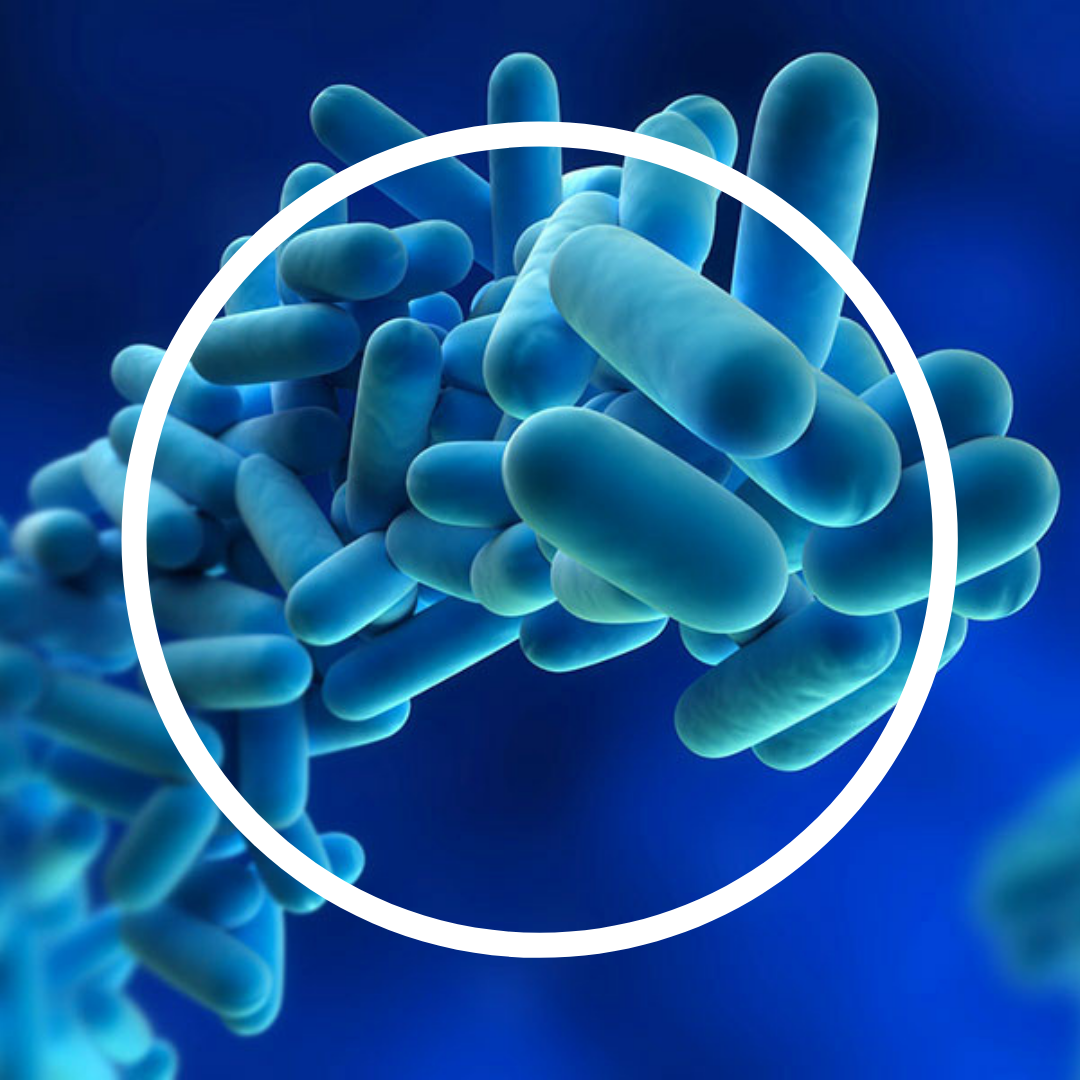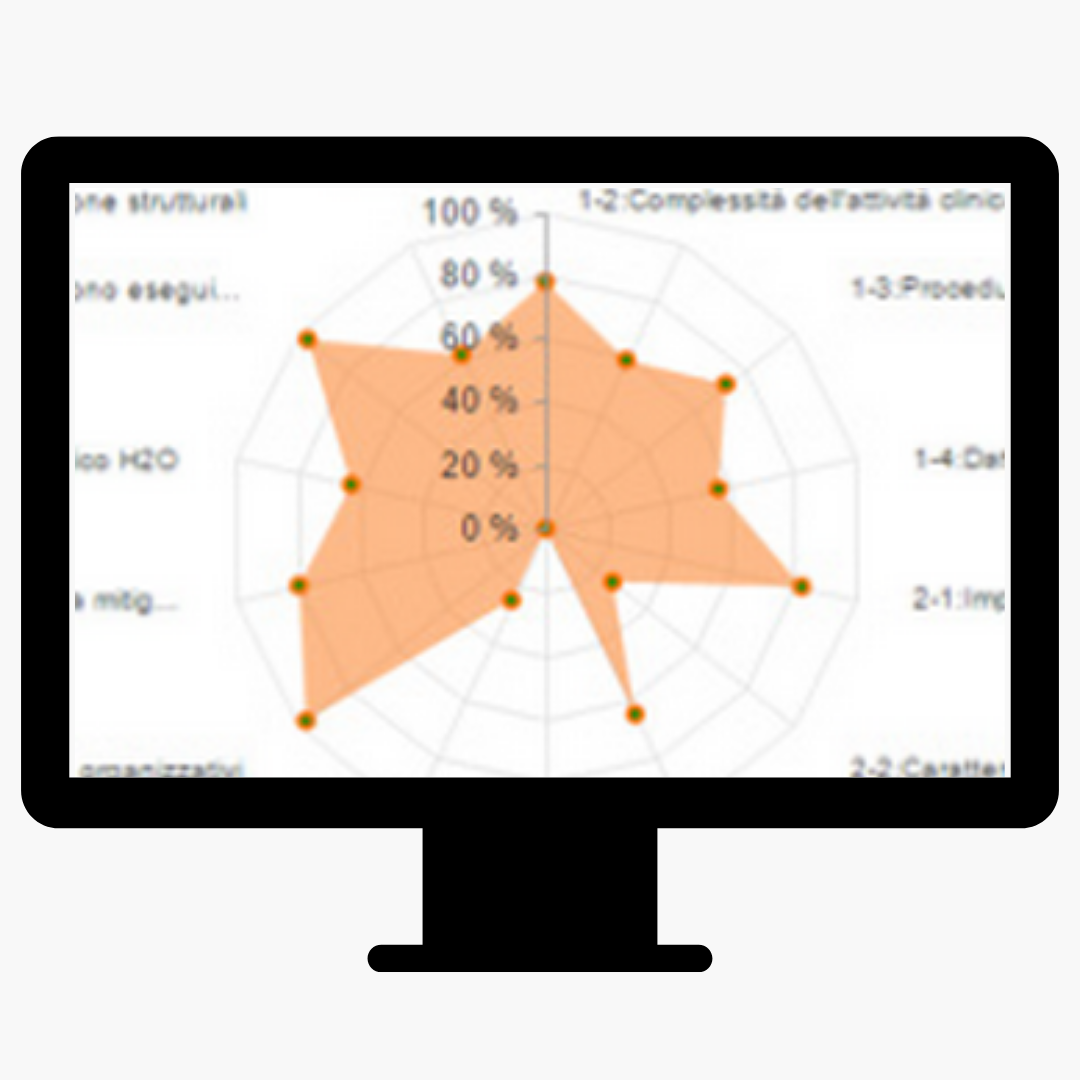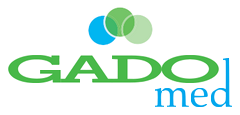

CONSULTANCY
ANALYSIS AND POLICY
The various steps of the LegionOFF protocol
1. Drafting/revision of the Legionella Risk Assessment Document, following current guidelines.
2. Computerised Legionella risk assessment: both general and by department.
3. Estimation of regulation-based maintenance and/or corrective measures.
4. Application of maintenance and/or corrective measures using LegionOFF technical management activities.
5. Scheduled verification meetings following action, to measure the improvement attained.
6. Review of the entire process and planning of staff training requirements.
1. Drafting/revision of the Legionella Risk Assessment Document, following current guidelines.
2. Computerised Legionella risk assessment: both general and by department.
3. Estimation of regulation-based maintenance and/or corrective measures.
4. Application of maintenance and/or corrective measures using LegionOFF technical management activities.
5. Scheduled verification meetings following action, to measure the improvement attained.
6. Review of the entire process and planning of staff training requirements.
DVRL
Legionella Risk Assessment Document
The Legionella Risk Assessment procedure is designed to identify and assess the risk of legionella in water sources, buildings, hospitals or industrial sites, as well as identify reduction solutions.
A Risk Assessment involves the identification of the technical and environmental aspects causing the contamination, proliferation and spread of Legionella bacterium.
This shows PREVENTIVE ACTION capability.
Following assessment, containment strategies are applied to the identified critical issues. All maintenance or preventive actions must be the result of team collaboration on a multidisciplinary level, considering all the features of the structure and possible interactions with system stability.
Information and training are essential elements when applying measures for the prevention and control of Legionellosis.


RISKIO
IT system
A fundamental element of the LegionOFF protocol is Riskio. It is a computerised model based on scientific evidence for the assessment of water and aeraulic risk. Developed by GADOmed, in collaboration with DISSAL, Department of Health Sciences of the University of Genoa, it complies with the Italian Guidelines for the containment of Legionella.
Detailed risk assessment of a structure identifies system features and analyses the conditions that indicate the real or potential presence of Legionella or other organisms.
Evaluation Algorithms
Riskio integrates internal evaluation algorithms in order to analyse structural, functional infrastructural and operational management parameters.
These parameters, rated according to current regulations and assimilated in fieldwork, identify water risk levels and the necessary containment action.
Objective
In detail, Riskio is able to:
- quantify risks, based on collected data, reference standards originating from national and international regulations, and scientific evidence;
- highlight various situations such as normal, attention, alarm and action;
- determine what actions must be carried out on the drinking water supply to comply with regulations;
- process and present the collected data in Word or PDF format.





